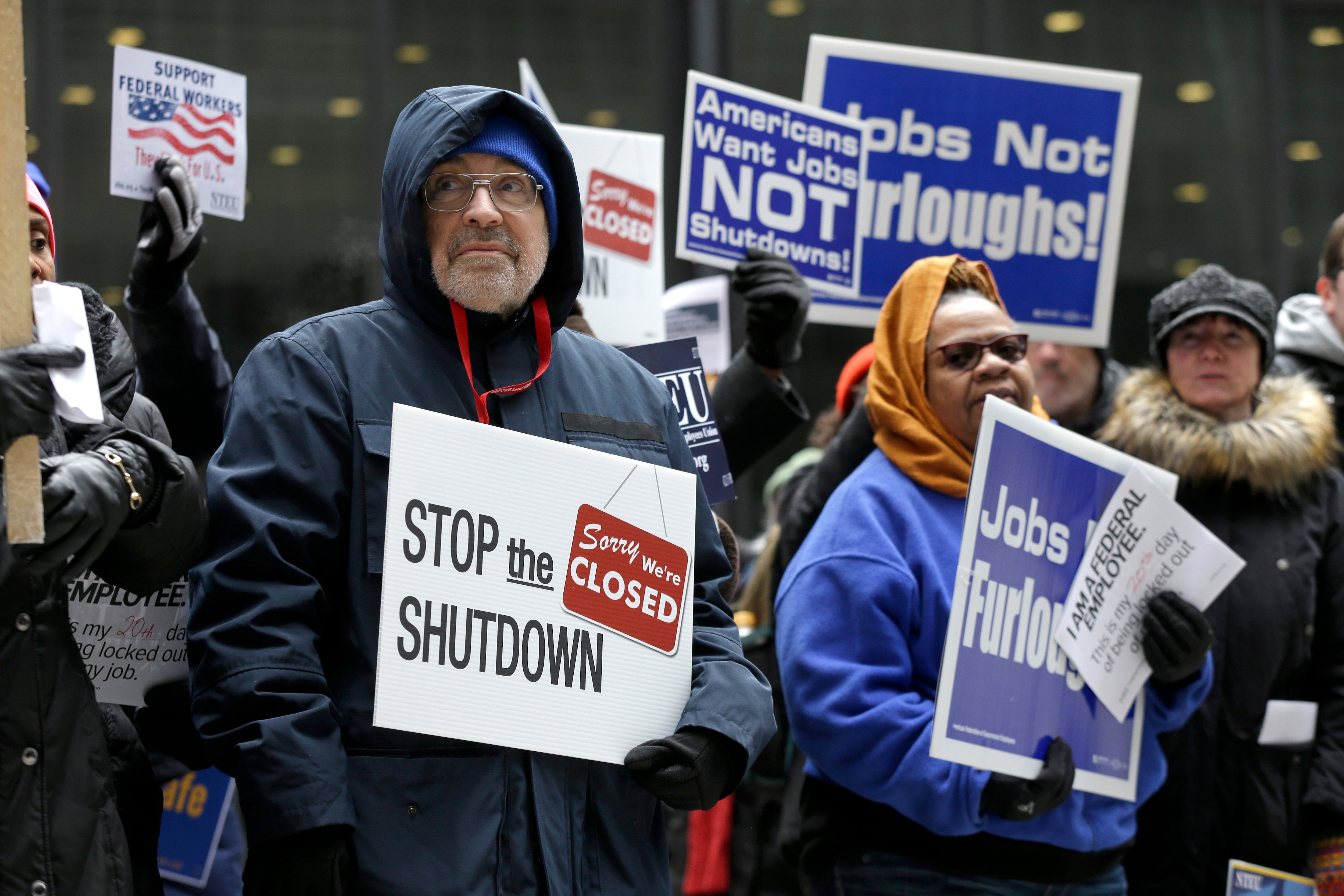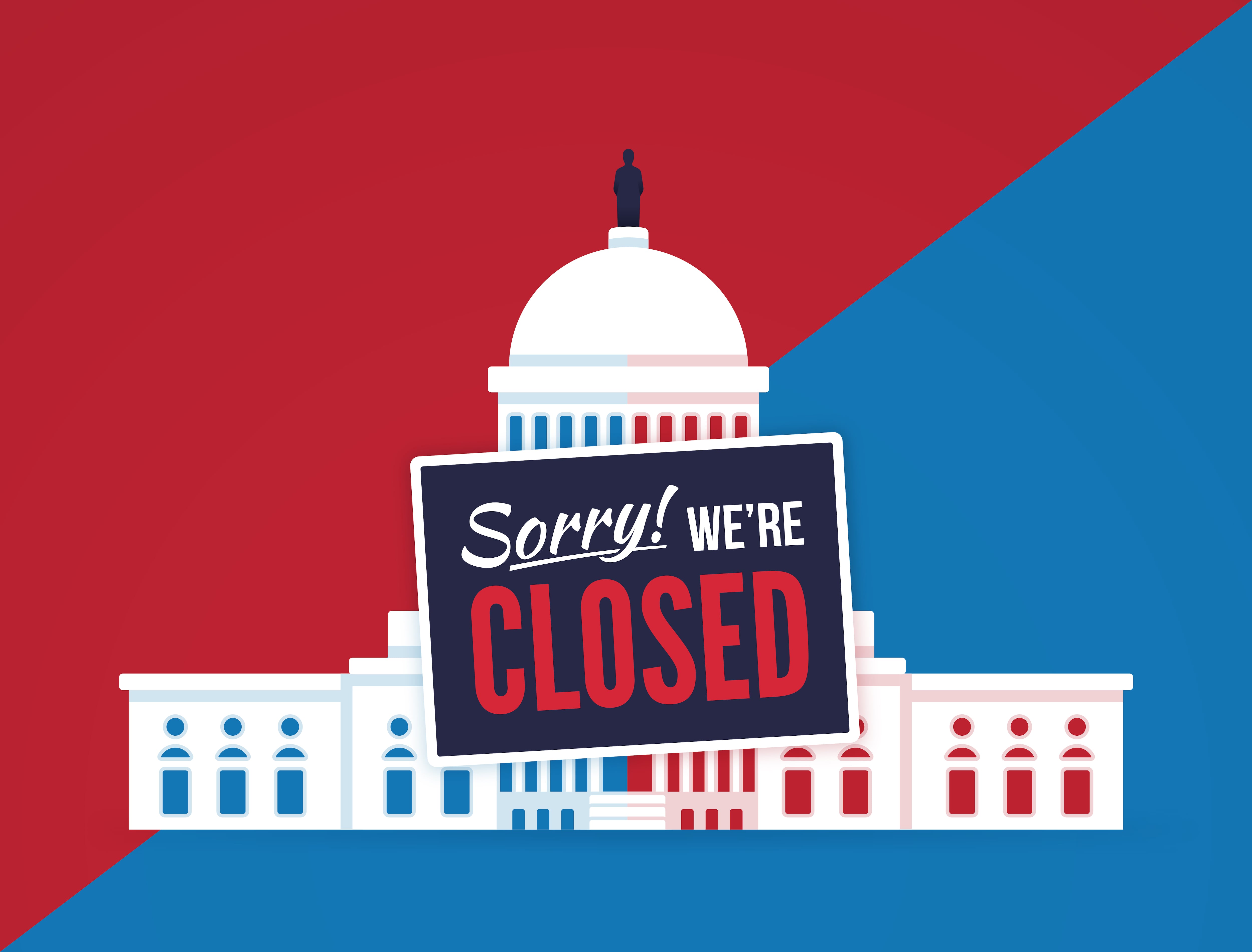Another year, another potential government shutdown — two, actually.
Without a budget a quarter of the way into the fiscal year, executive branch agencies are once again looking to lawmakers to pass annual appropriations bills in the coming weeks.
Congress is still waking up from its holiday slumber that followed the passage of a continuing resolution on Nov. 17. That temporary funding deal, which splits agencies between deadlines set two weeks apart, is nearing the first on Jan. 19 for the departments of Agriculture, Veterans Affairs-military construction, Energy, Transportation, and Housing and Urban Development.
Without action, these departments may be shuttered on Jan. 20.
RELATED

“The two-Step CR extending beyond the end of the calendar year will ensure that the House is no longer forced to vote on the eve of the holidays on trillions of dollars in federal spending encompassed within bloated, thousand-page spending bills that few people have read,” according to statements by House Speaker Mike Johnson’s office.
Since fiscal year 2024 started on Oct. 1, the government has not shutdown, but it has come close. Thanks to a series of stopgap bills, agencies have been operating under FY23 funding levels, meaning new money is not coming in to sustain a spate of hiring, contracting and modernization goals they envisioned in their budget requests earlier this fall.
Irrespective of Congress’ action in the coming weeks, the White House confirmed a 5.2% average pay raise for government workers via executive order on Dec. 21. Service members are also in line for the raise via the 2024 National Defense Authorization Act, Military Times reported.
“Higher salaries are essential to keeping these skilled workers in the civil service and helping agencies recruit new employees to their valuable public service missions,” said Doreen Greenwald, president of the National Treasury Employees union, in a statement following the announcement.
Depending on locality, some employees may receive more or less than the combined 4.7% across-the-board raise and the 0.5% average locality boost.
RELATED

Pay tables have already been issued for employees to look up their exact rates for the year (you can do so here), and unless Congress legislates something different in its sweeping Financial Services-General Government bill, the raise takes effect in the first full biweekly pay period of the year, which for most begins Jan. 14.
That means it’s up to agencies to budget for the pay raise despite not having any new funding.
“CRs that extend months into the fiscal year can have a negative impact on federal agencies ... forcing them to continue spending on priorities from the prior year rather than matching funding allocations to present needs,” according to the Bipartisan Policy Center.
Experts have said it’s not ideal to have what amounts to an unfunded mandate, but the order does carry with it authority to take effect anyway.
In the meantime, a partial shutdown this year is still possible if one or both of the funding deadlines are missed. Eight appropriations bills — for Commerce, Justice, Defense, Financial Services and General Government, Homeland Security, Interior, Labor, Health and Human Services, Education, legislative branch and foreign operations — are due by the second deadline on Feb. 2.
RELATED

Congress’ path forward is unclear. If another stopgap bill is passed and in place after April 30, the debt limit deal would trigger across-the-board cuts to discretionary spending beginning May 1. That would create further uncertainty for agencies that have begun the fiscal year with stale funding.
In other ways, supplemental funding requests by the White House have indicated policy priorities that could affect budget negotiations surrounding the ongoing wars in Ukraine and Israel and domestic issues like firefighter pay and hiring of thousands of border security employees.
“A laddered CR without spending cuts, border security, and defanging weaponization is not sufficient,” said Rep. Matt Gaetz, R-Fl., on X, formerly known as Twitter.
Molly Weisner is a staff reporter for Federal Times where she covers labor, policy and contracting pertaining to the government workforce. She made previous stops at USA Today and McClatchy as a digital producer, and worked at The New York Times as a copy editor. Molly majored in journalism at the University of North Carolina at Chapel Hill.





